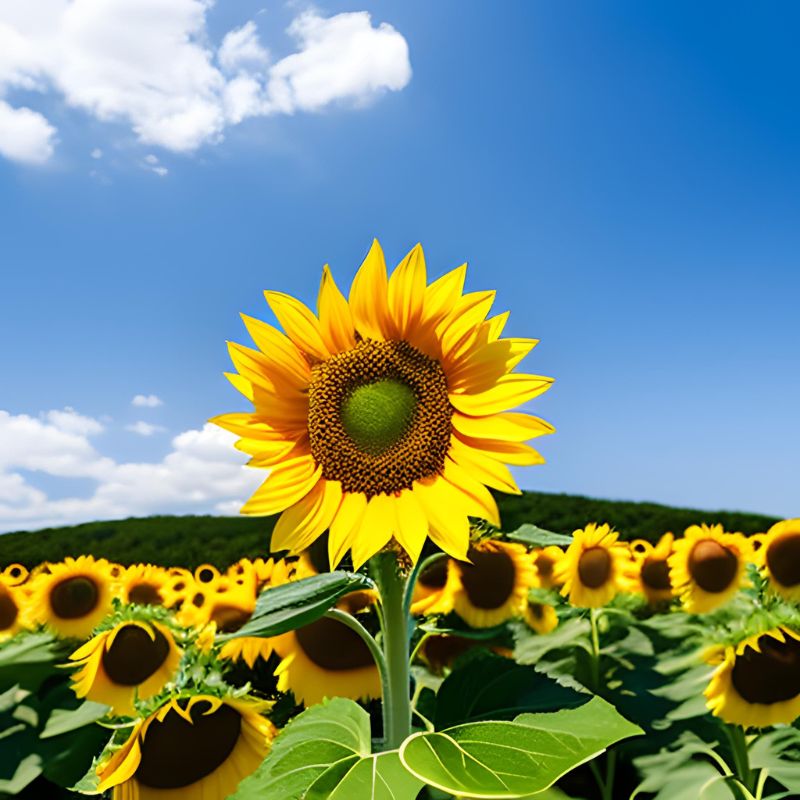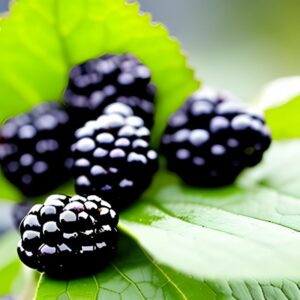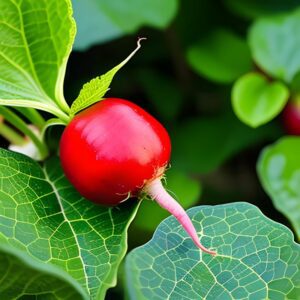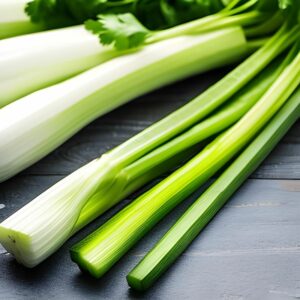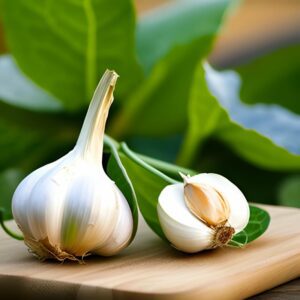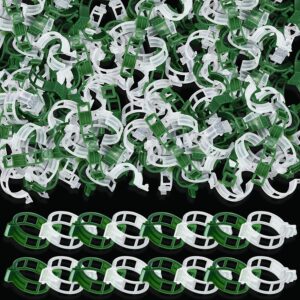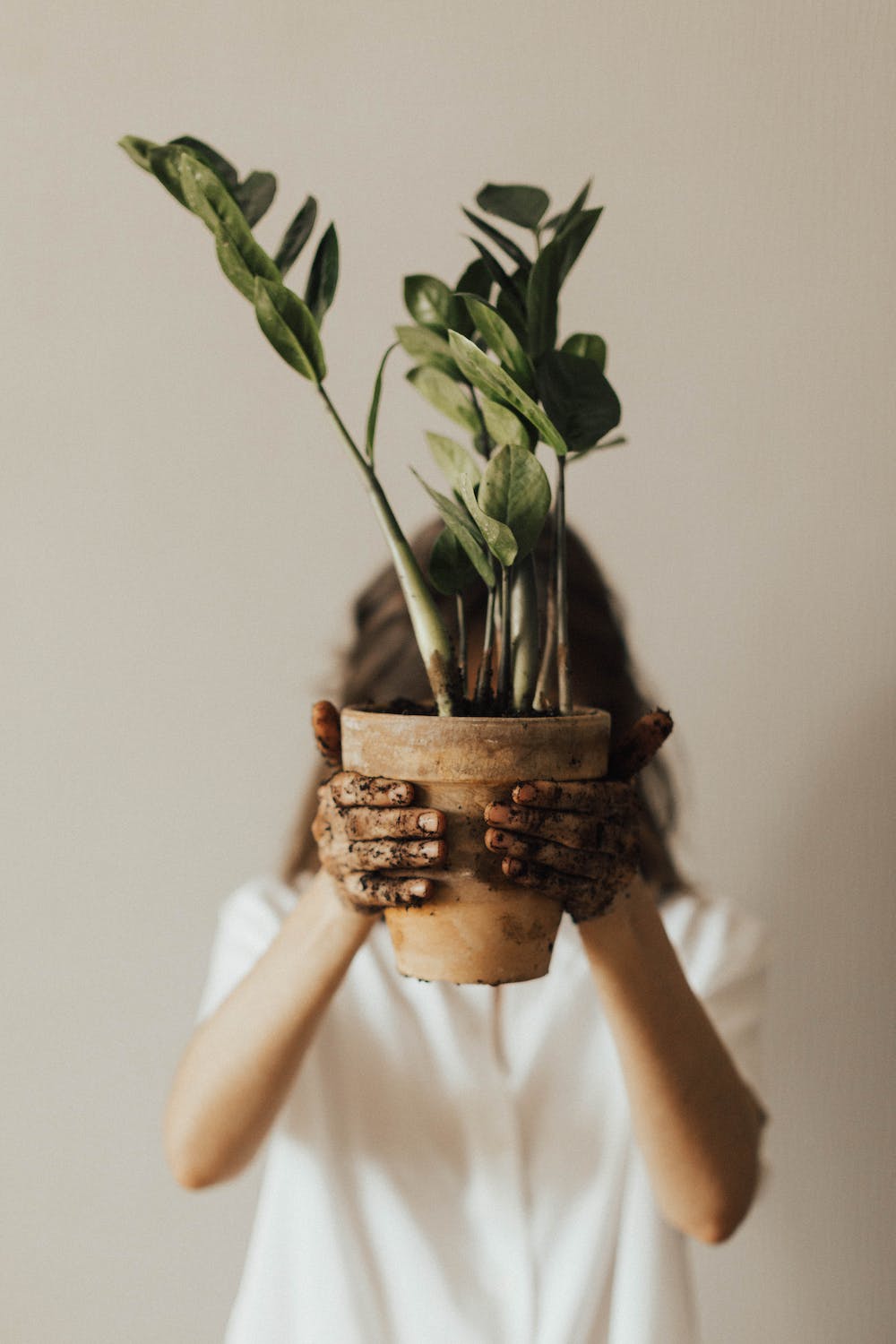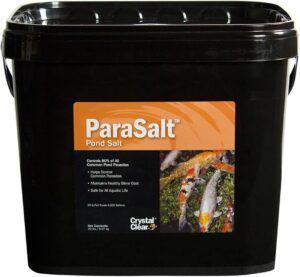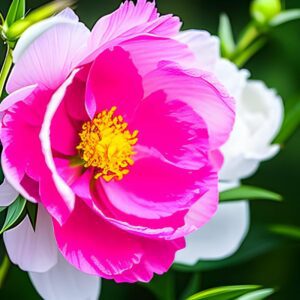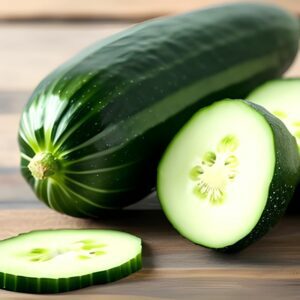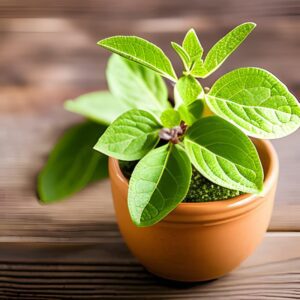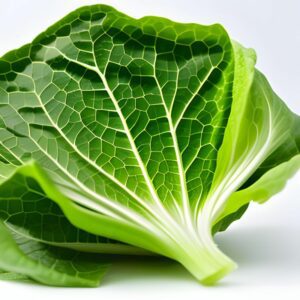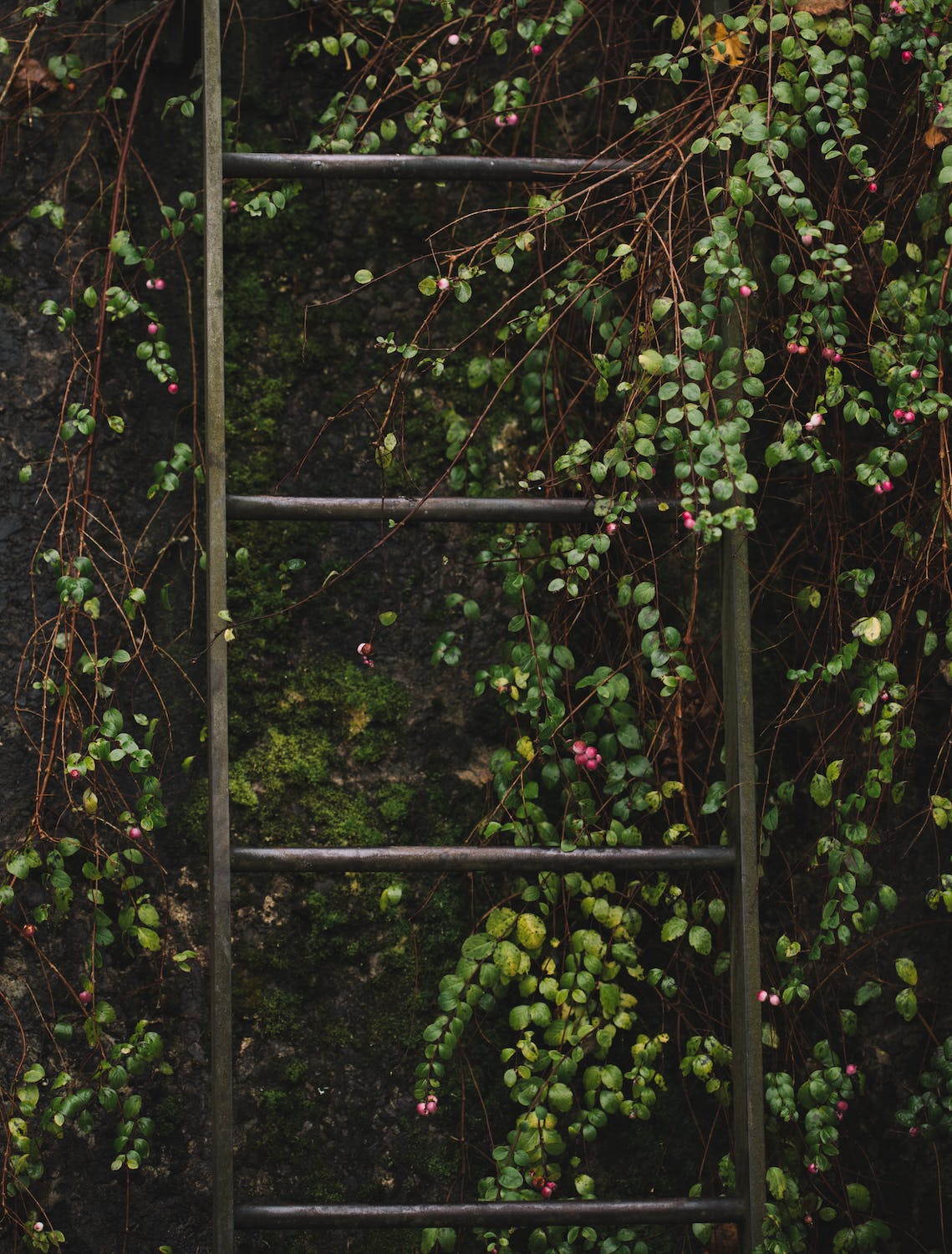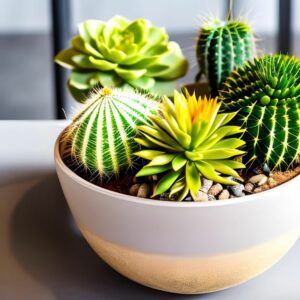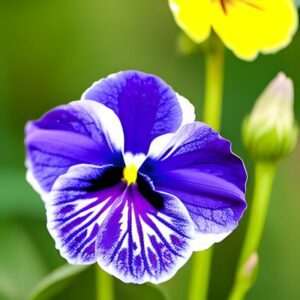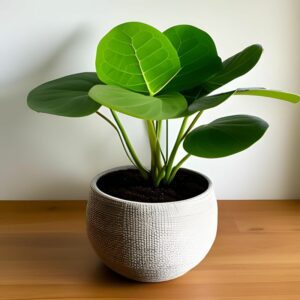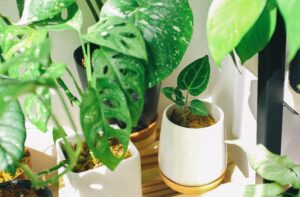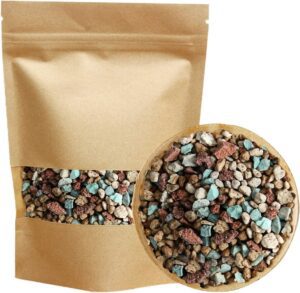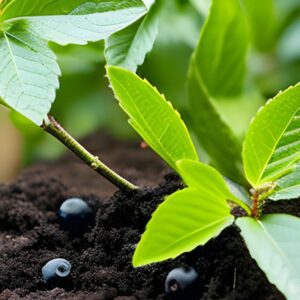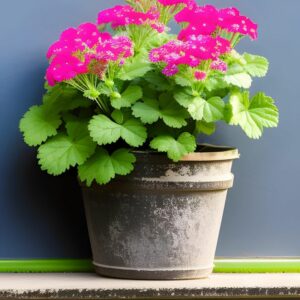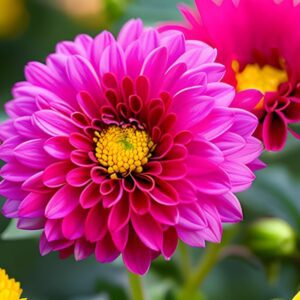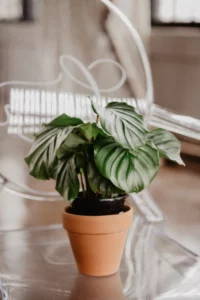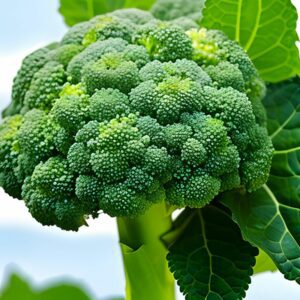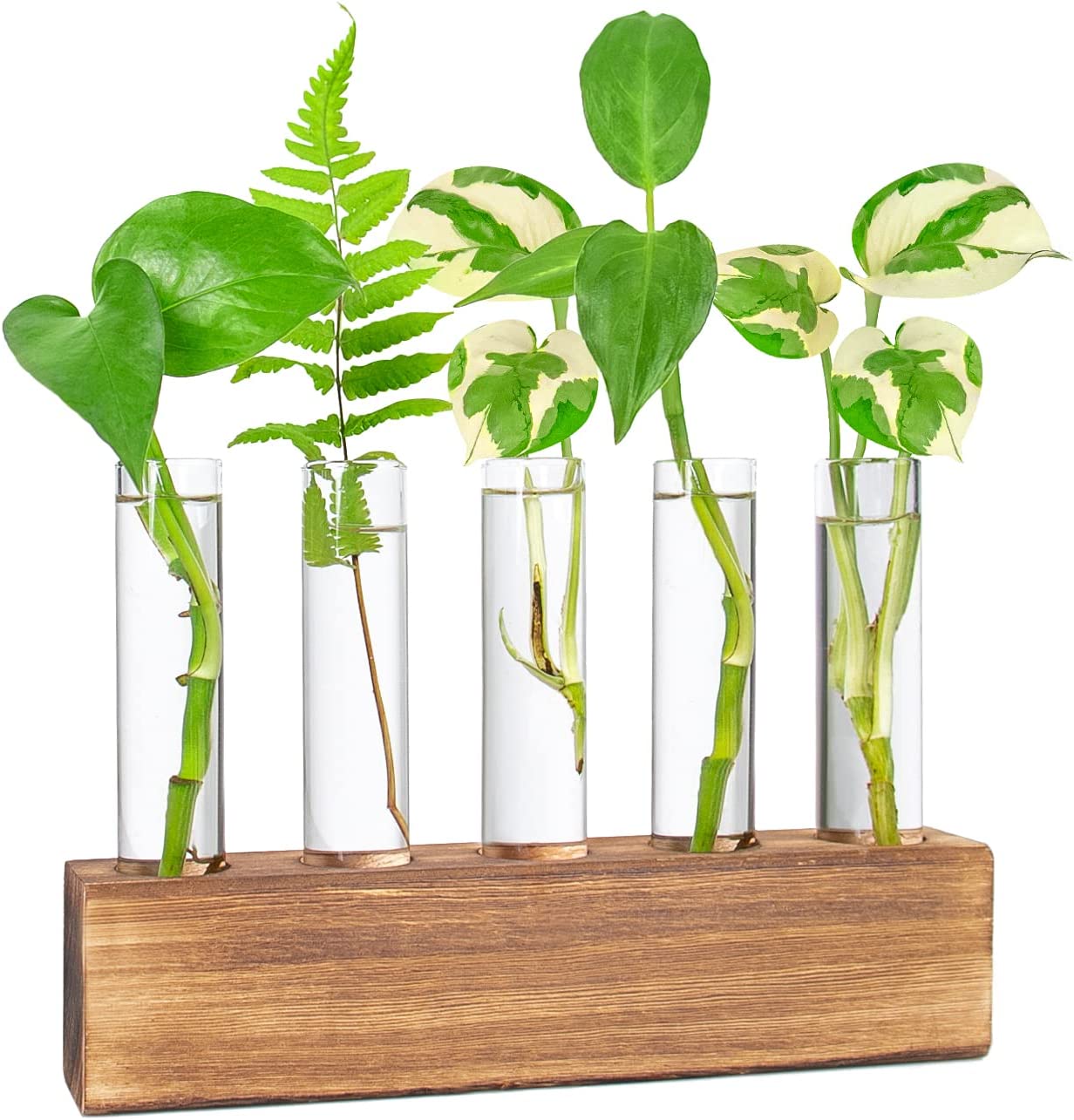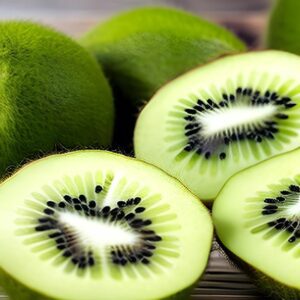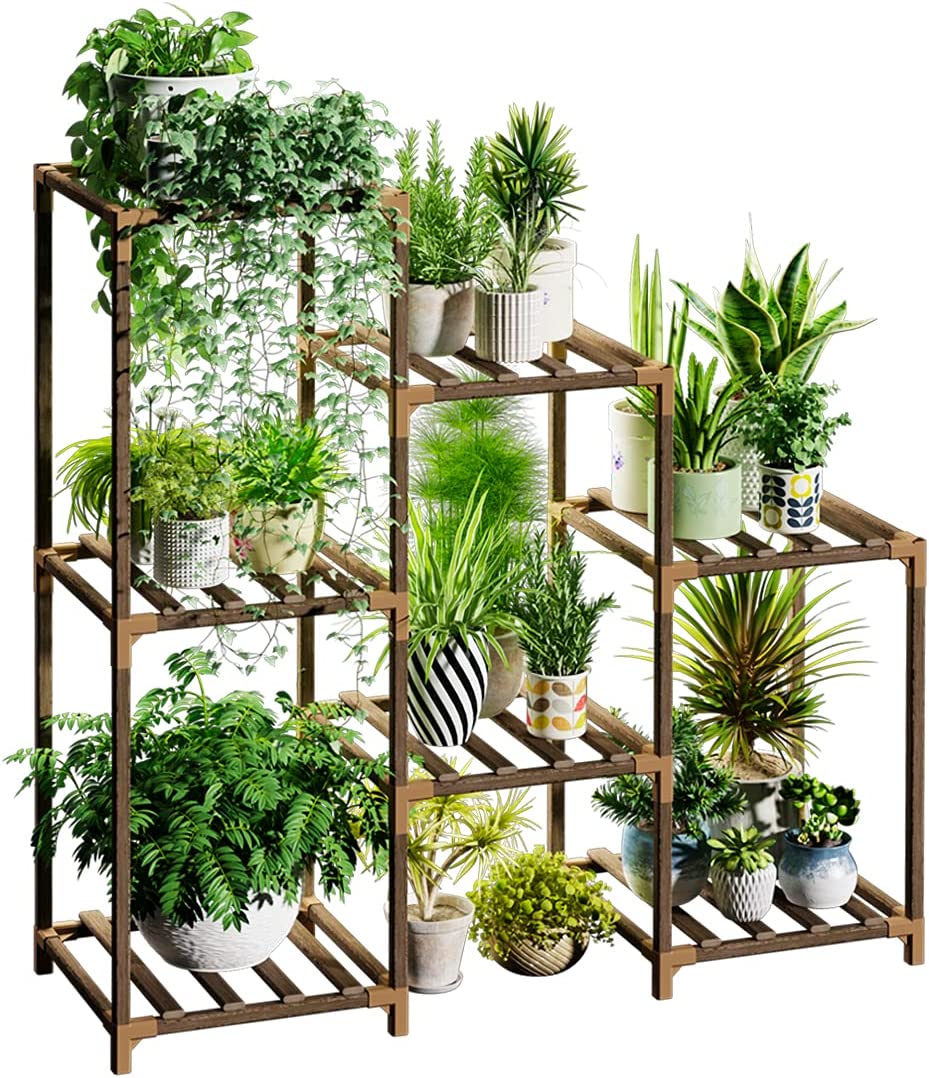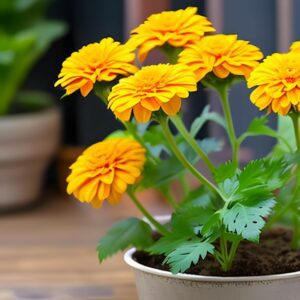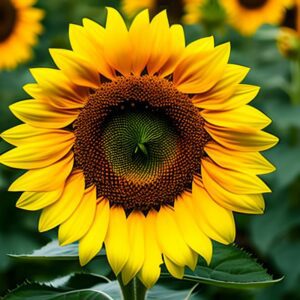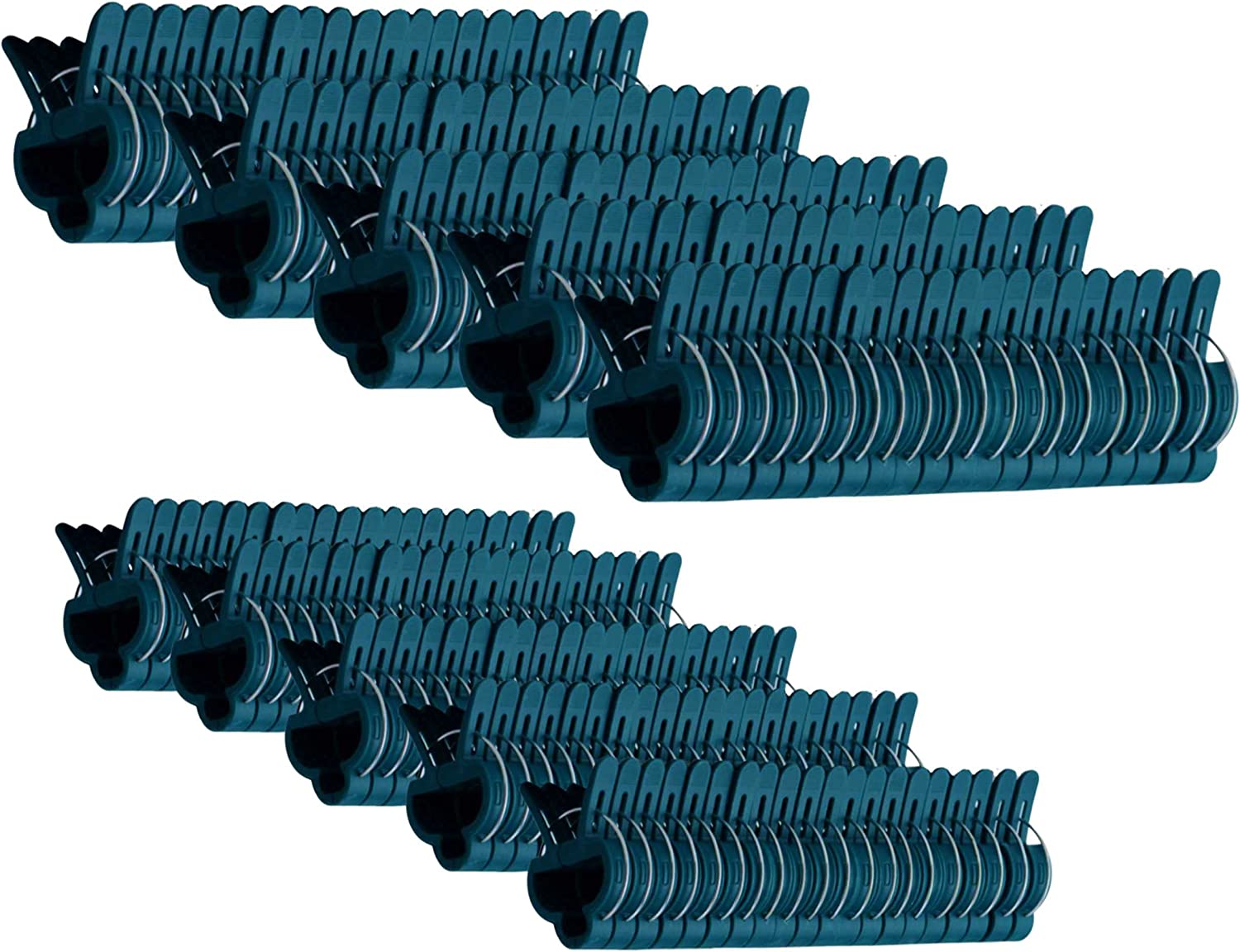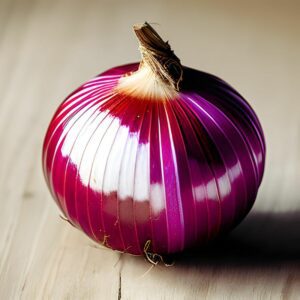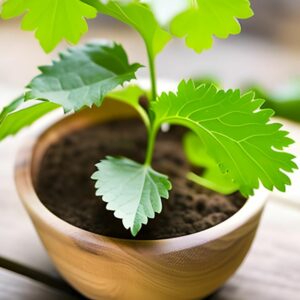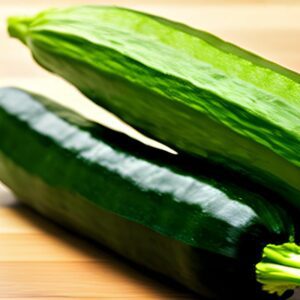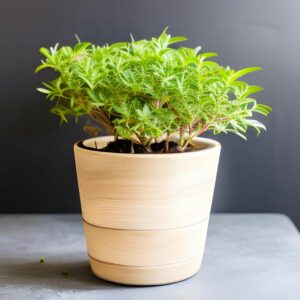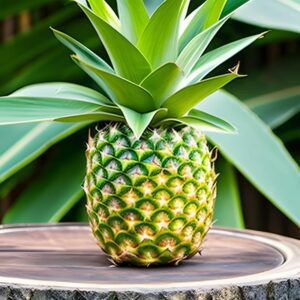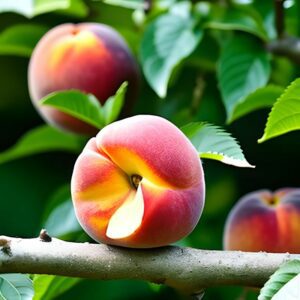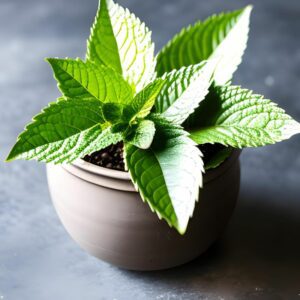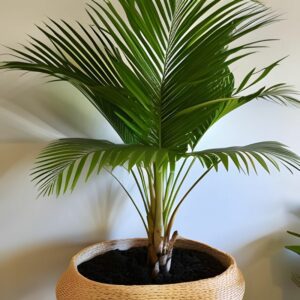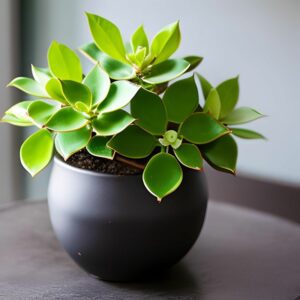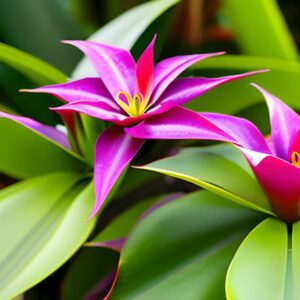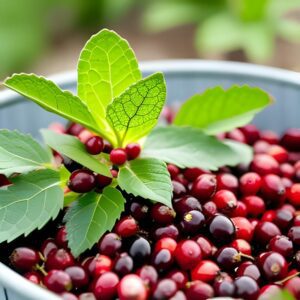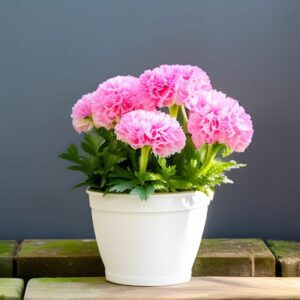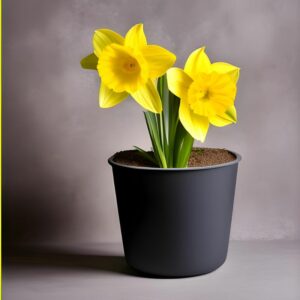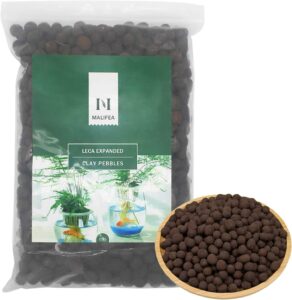Sunflower
Flowers
- North America
- Easy
- 70-100 Days
Introduction
Sunflowers are vibrant and iconic flowers that bring a touch of sunshine to gardens and landscapes. They are native to North America and have become popular for their striking appearance and cheerful disposition. Sunflowers are known for their large, daisy-like flower heads with bright yellow petals surrounding a brown center disk.
Plant Characteristics
Sunflowers are tall, sturdy plants that can reach impressive heights, often ranging from 3 to 12 feet, depending on the variety. Their leaves are broad and rough, with a rough texture. Sunflower flowers are composed of numerous small individual flowers arranged in a pattern around the central disk.
Ideal Growing Conditions
Sunflowers thrive in full sun, requiring at least 6-8 hours of direct sunlight per day. They prefer well-draining soil that is fertile and enriched with organic matter. Sunflowers are relatively tolerant of different soil types but perform best in loamy or sandy soil.
Planting Guide
Directly sow sunflower seeds into the garden after the last frost has passed and the soil has warmed up. Choose a location with ample sunlight and sufficient space for the sunflowers’ mature height and spread. Plant the seeds about 1 inch deep, spacing them 6-12 inches apart, depending on the variety. Water gently after planting and keep the soil evenly moist until the seedlings emerge.
Watering and Fertilizing
Water sunflowers regularly, especially during dry periods, to keep the soil consistently moist but not waterlogged. Provide deep watering to encourage deep root growth. Sunflowers generally do not require heavy fertilization, but incorporating compost or well-balanced fertilizer into the soil before planting can enhance their growth.
Pruning and Maintenance
Sunflowers generally do not require extensive pruning. However, if you want to encourage larger flower heads, you can pinch off any side buds that form and remove any damaged or withered leaves or flowers. Staking may be necessary for taller varieties to provide support during windy conditions.
Harvesting or Flowering
Sunflowers typically bloom 70-100 days after planting. The large flower heads attract pollinators such as bees, butterflies, and birds. The flowers usually face eastward, following the path of the sun throughout the day, hence the name “sunflower.”
As the sunflower matures, the flower head will start to droop and the back of the head will turn brown. This indicates that the seeds are ripening. To harvest sunflower seeds, cut the flower head, leaving a few inches of stem attached. Hang the flower heads upside down in a dry and well-ventilated area until the seeds are fully dry and easily removed.
Post-Harvest Care
Once the seeds are fully dried, remove them from the flower head and store them in a cool, dry place in airtight containers. If desired, save some seeds for planting the following year.
Troubleshooting
Sunflowers can attract pests like aphids, slugs, snails, and caterpillars. Ensure regular inspection and take appropriate action to control pests. Use organic insecticidal soap or neem oil for aphids. Handpick slugs and snails, or use organic slug repellents. Remove caterpillar eggs or larvae by hand.
Sunflowers can be susceptible to fungal diseases like powdery mildew or downy mildew. Provide proper air circulation and avoid wetting the foliage. Apply organic fungicides or sulfur-based sprays if necessary. Remove infected plant material.
Fun Facts
Sunflowers are not only attractive but also have practical uses. Their seeds are edible and can be roasted or used in various recipes. Sunflower oil is extracted from the seeds and commonly used for cooking and in beauty products. Sunflowers are also known for their positive heliotropic behavior, following the sun’s movement throughout the day.


